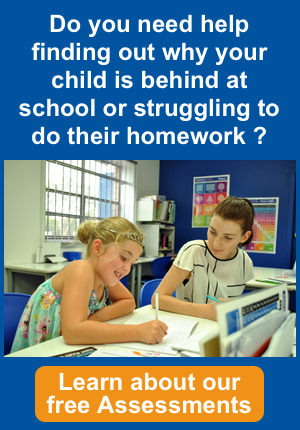While there is no one-size-fits-all solution for anxiety, there are a lot of great research-based techniques that can help manage it. Here are the first four:
- Stop Reassuring Your Child
Your anxious child desperately wants to listen to you, but the brain won’t let it happen. During period of anxiety, there is a rapid dump of chemicals and mental transitions executed in your body of survival. One by-product is that the prefrontal cortex, or more logical part of the brain, gets put on hold while the more automated emotional brain takes over. In other words, it is really hard for your child to think clearly.
2. Highlight Why Worrying is Good
Teach your child that worry is perfectly normal, it can help protect us, and everyone experiences it from time to time.
3. Bring Your Child’s Worry to Life
Create a worry character for your child: e.g. Wally the Worrier. Wally personifies anxiety. Wally lives in the old brain that is responsible for protecting us when we’re in danger. Of course, sometimes Wally gets a little out of control and when that happens, we have to talk some sense into Wally. Personifying worry or creating a character, has multiple benefits. It can help demystify this scary physical response children experience when they worry. It can reactivate the logical brain, and it’s a tool your children can use on their own at any time.
4. Allow Them to Worry
Create a daily ritual called “Worry Time” that lasts 10 to 15 minutes. During the ritual encourage your children to release all their worries in writing. You can make the activity fun by decorating a worry box. During worry time there are no rules on what constitutes a valid worry- anything goes. When the time is up, close the box and say good-bye to the worries for the day.
If you need further support these websites may be helpful:
• Youth Beyondblue– phone 1300 224 636 (24 hour information regarding depression and anxiety)
• MindShift http://www.anxietybc.com/mobile-app an app for iPhones and iPads to assist young people manage their anxiety.


